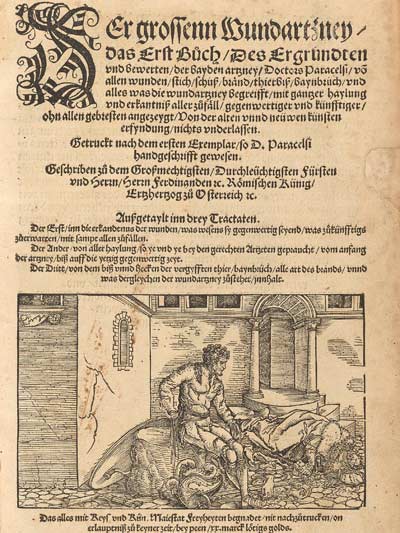The growing popularity of the practice of dissection as a teaching tool at European universities had a very positive impact on the development of surgery. Truly, physicians saw these two practices as intimately connected. A public human dissection, for instance, was an excellent opportunity for a physician to publicize his surgical skills to an eager audience composed of barber-surgeons and students. Significantly, an important body of work specifically on surgery began to be available in Latin translation in the Middle Ages. However, surgery was not a discipline formally taught at universities and most of its practitioners did not know Latin. Consequently, it is not surprising that important treatises on the subject were often published in the vernacular language, like the ones written by Hieronymus Brunschwig and Paracelsus. Moreover, the Italian scholar and surgeon Giovanni Andrea dalla Croce composed a magnificent compilation of all existing surgical knowledge that could be used for the formal training of surgeons.




